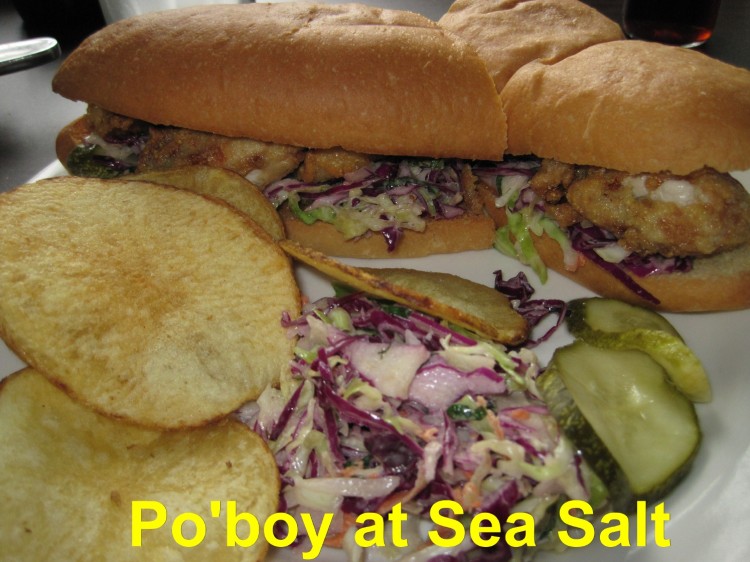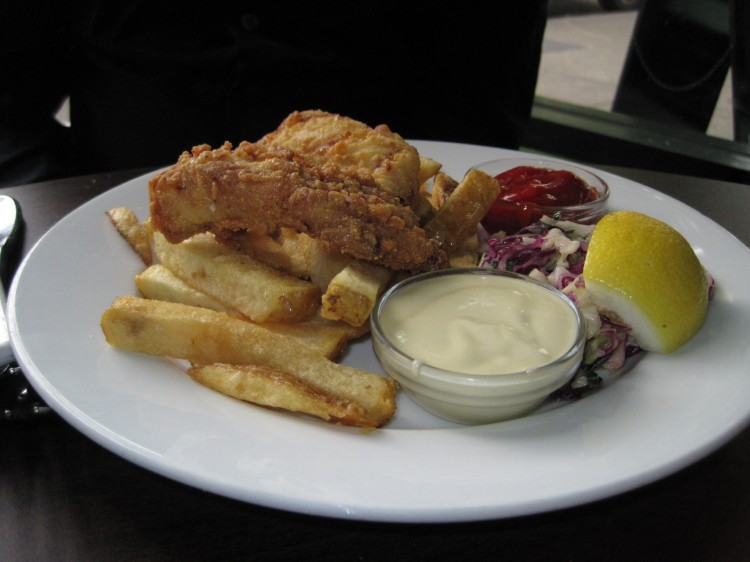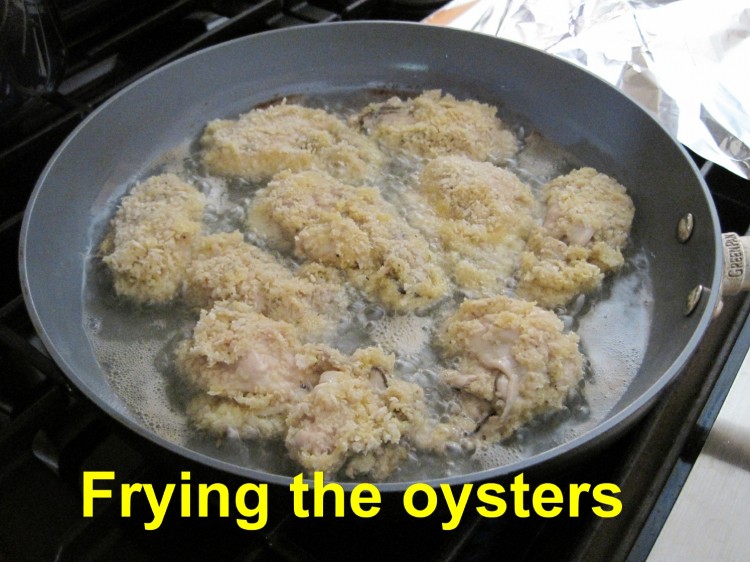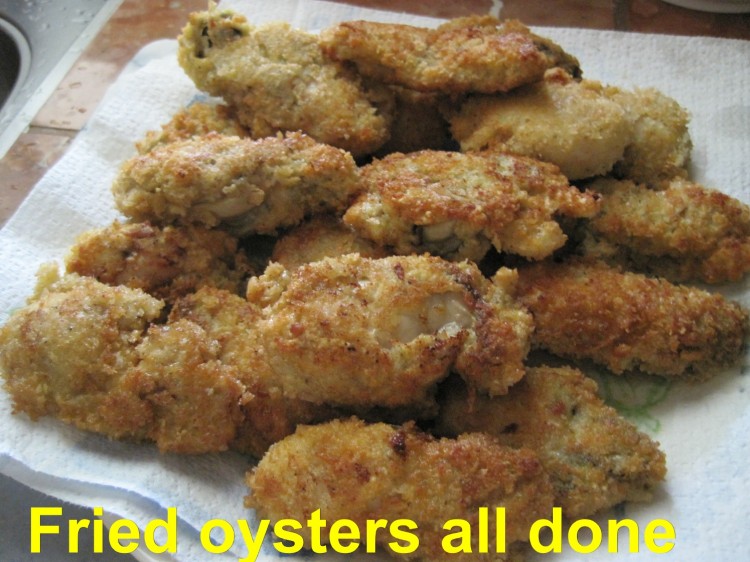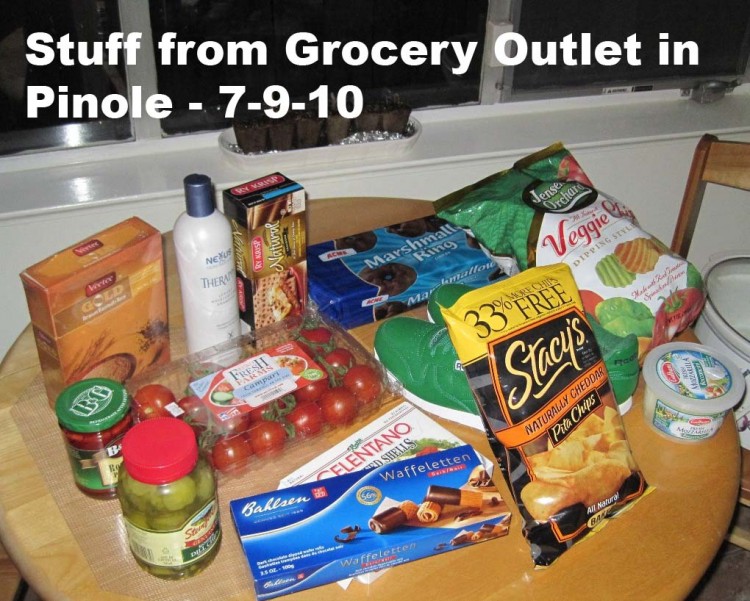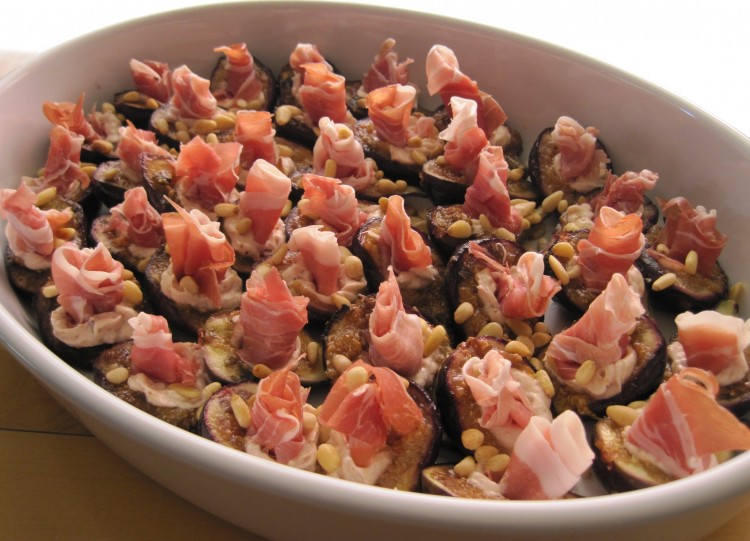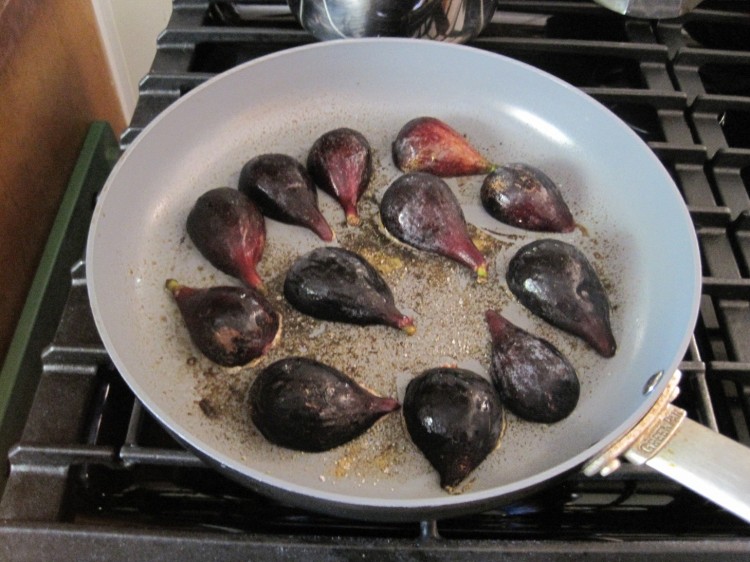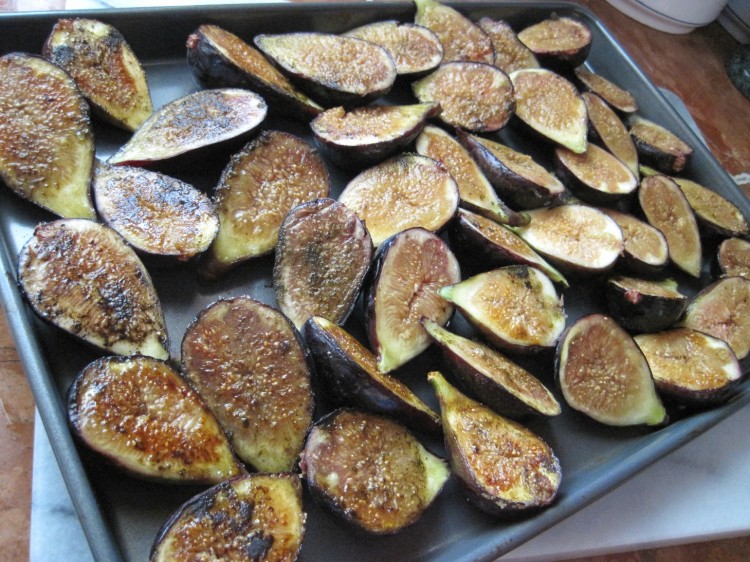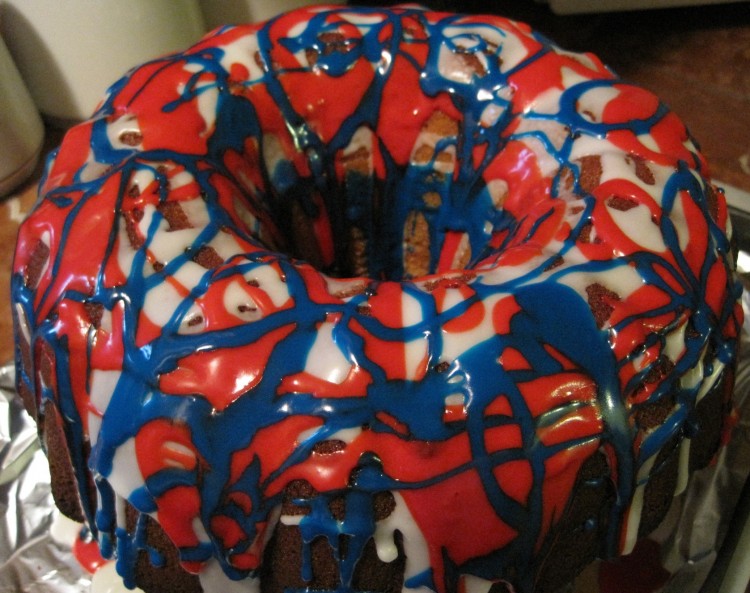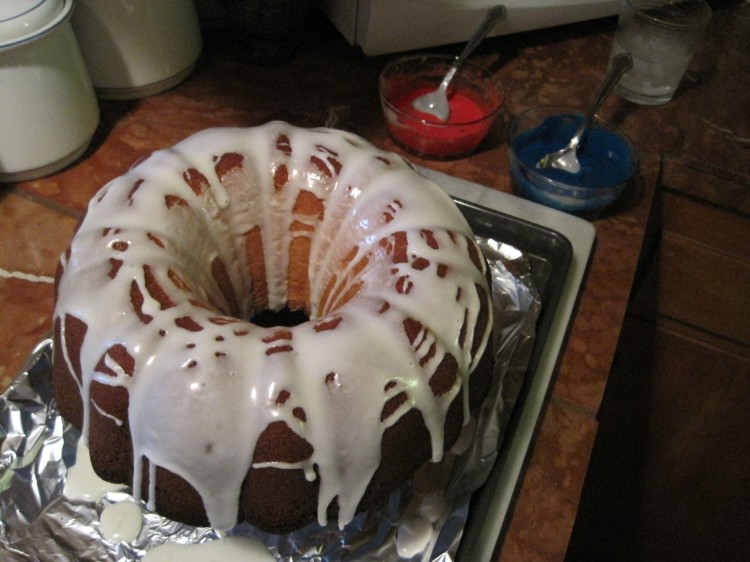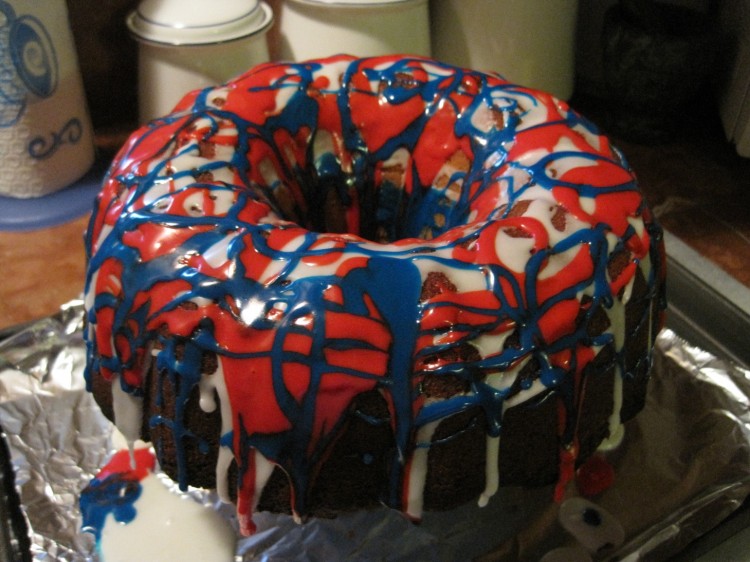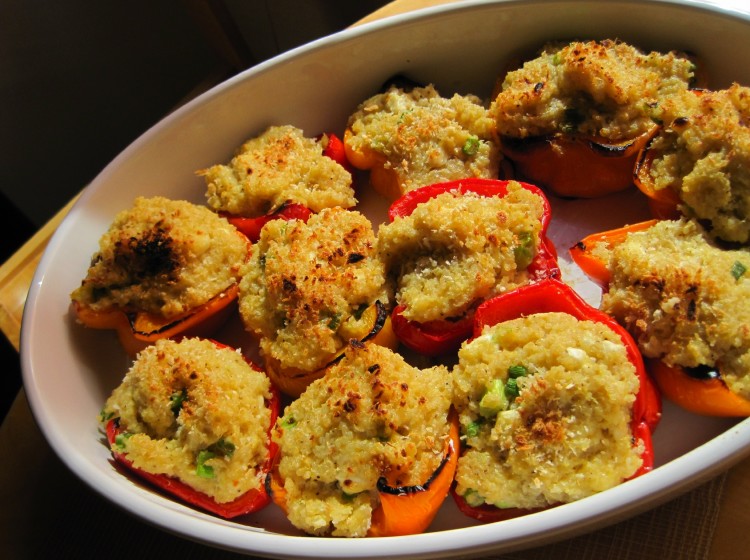
Unless you’re six feet under, you’ll know quinoa is The New Big Thing – though this South American pseudograin is actually thousands of years old.
It’s fairly neutral and can stand in for white rice, for the most part, taking on the flavors of whatever it’s combined with.
Not only does quinoa have a goodly amount of protein, it contains essential amino acids, making its protein complete – which is quite something for a plant product. Our bodies need a regular supply of essential amino acids, and usually get them from meat and dairy products or combinations of plant products. If they are lacking, the body suffers from protein degradation, resulting in serious health problems. Another little hitch is that the body cannot store EAAs. If you eat meat and dairy on a daily basis, no problem. If you don’t, you have to make sure you combine cereal grain and legumes (i.e., rice and beans) to get them into your system. Having a food like quinoa available makes this much easier to accomplish.
There are also vitamins, minerals and fiber there, bumping quinoa to superfood status.
It looks kind of odd – like tiny grains of rice with tails.
Untreated, natural quinoa is coated with saponins, which not only taste bad, but are mildly toxic. Most of the quinoa sold in the US has been pre-rinsed to rid it of of these saponins, but you should check to make sure that this is the case with whatever you buy. I choose to subject any quinoa I purchase to a soak-and-rinse cycle, simply to avoid residual soapiness.
Now, what I don’t like about quinoa is that it loses its fluffy texture and gets somewhat mushy and sticky when you mix it with dressing, which is not the case with, say, cooked brown rice. So, what I do is make the texture work for me by making stuffing. The stuffing is then subjected to oven cooking, which dries it a bit.
The boys love this recipe, even though they’re not huge fans of plain quinoa. Matthew most likely does not like it because he can’t stand couscous. Steven, who knows? When I mix in a bunch of other stuff, including feta – which is one of Matt’s faves – they may not realize that it’s quinoa in them thar sweet peppers with the crunchy crust.
Tricolor Peppers with Quinoa-Feta Stuffing
Makes dinner for 3 or apps for 6
1 cup quinoa
2 cups water
1/2 teaspoon Kosher salt
1/8 cup walnut oil
1/8 cup olive oil
1/4 cup orange juice
1/8 cup fresh lemon juice
1/2 teaspoon onion powder
1/2 teaspoon white pepper
4 cloves roasted garlic, flesh squeezed out (you can press raw garlic and microwave – a few seconds at a time – to get faux roasted garlic)
1/4 cup toasted pine nuts
1 scallion, chopped
3/4 cup crumbled feta cheese
Sea salt (if needed)
3 large bell peppers (1 red, 1 orange, 1 yellow), cleaned, deveined and halved
3 tablespoons olive oil
1/2 cup panko (coarse bread crumbs)
2 tablespoons olive oil (or more – for drizzling on peppers before they bake)
1). Follow instructions on your package of quinoa, or do this: Soak quinoa in 3 cups cold water for 30 minutes and then drain through cheesecloth or a fine-meshed sieve. Run plenty more cold water over it to rinse it well. Move to saucepan with the 2 cups of water and 1/2 teaspoon salt and bring to a boil. Cover and cook for about 15 minutes. Remove cover and allow to sit for 5 minutes. Grains should be translucent and the germ (tail) on each grain should have separated. Move to a bowl and fluff with a fork. Allow to cool about 30 minutes.
2). While quinoa is cooling, whisk together oils, citrus juices, onion powder, white pepper and garlic.
3). Fold dressing into quinoa.
4). Rinse your chopped scallions (this will make them milder) and dry well.
5). Fold scallions, pine nuts and feta into dressed quinoa.
6). Check seasoning and add a little sea salt, if needed.
7). Pour the 3 tablespoons of olive oil into a sheet pan and brush to distribute.
8). Stuff each pepper half, distributing stuffing evenly.
9). Brush a little of the oil from the bottom of the pan on the outside of the peppers (not the topping).
10). Make sure peppers are evenly distributed on pan, and sprinkle each with panko.
11). Drizzle a little olive oil on each pepper.
12). Bake at 400 deg. F. until peppers have a little browning action. Takes 30 – 40 minutes, but check to make sure they don’t burn!
13). Broil for a few minutes if you want more browning on the top, but be careful!
Serve hot or cooled off on counter for an hour. Very, very good the next day sliced on good bread with heirloom ‘maters and a little mayo. Seriously. This is why I make them.

